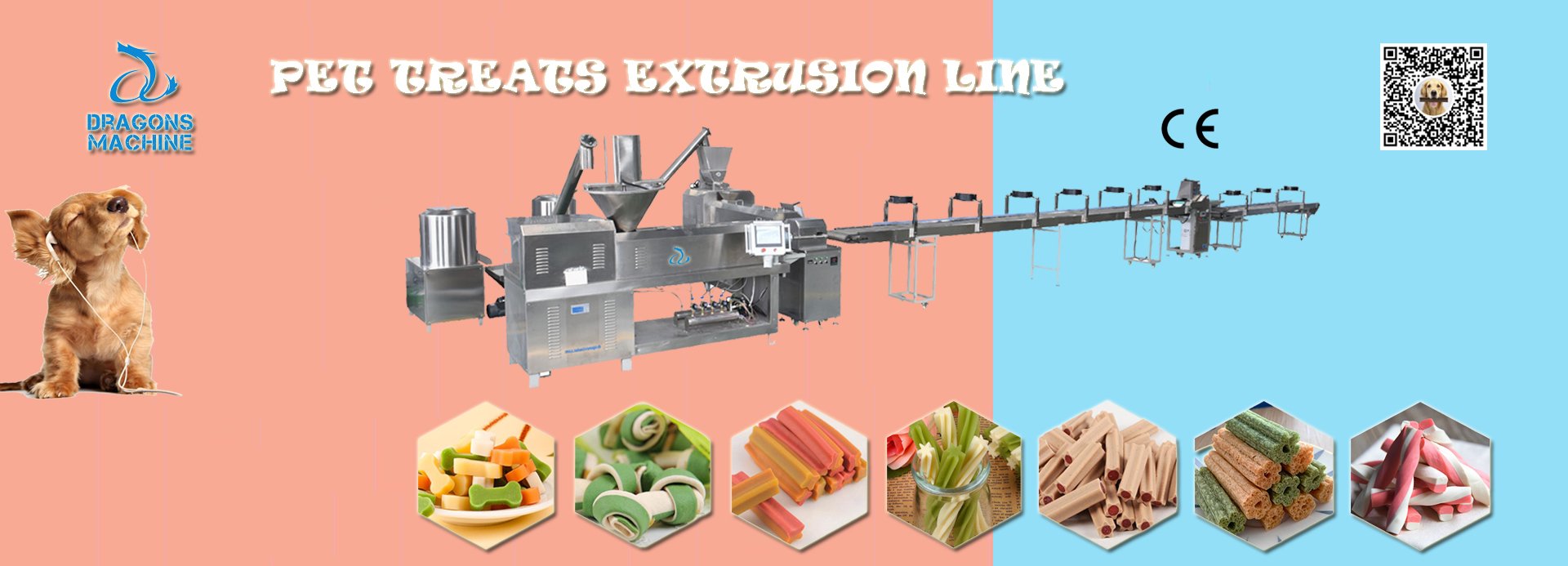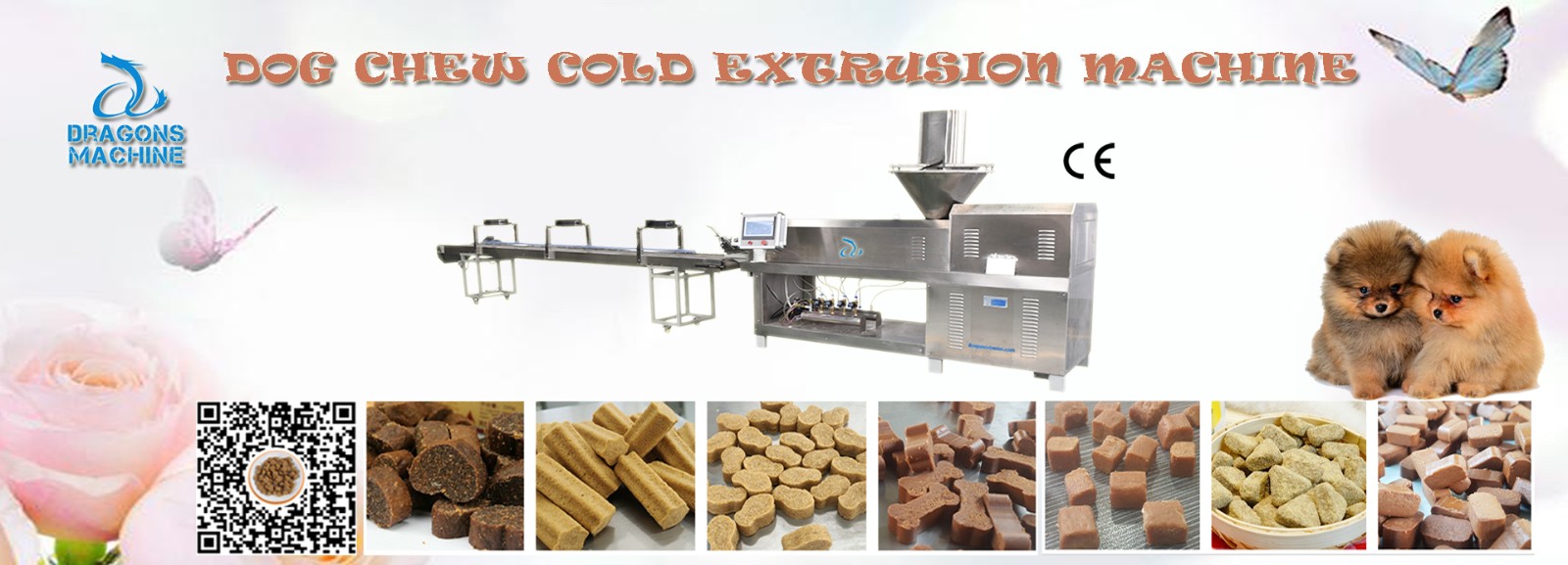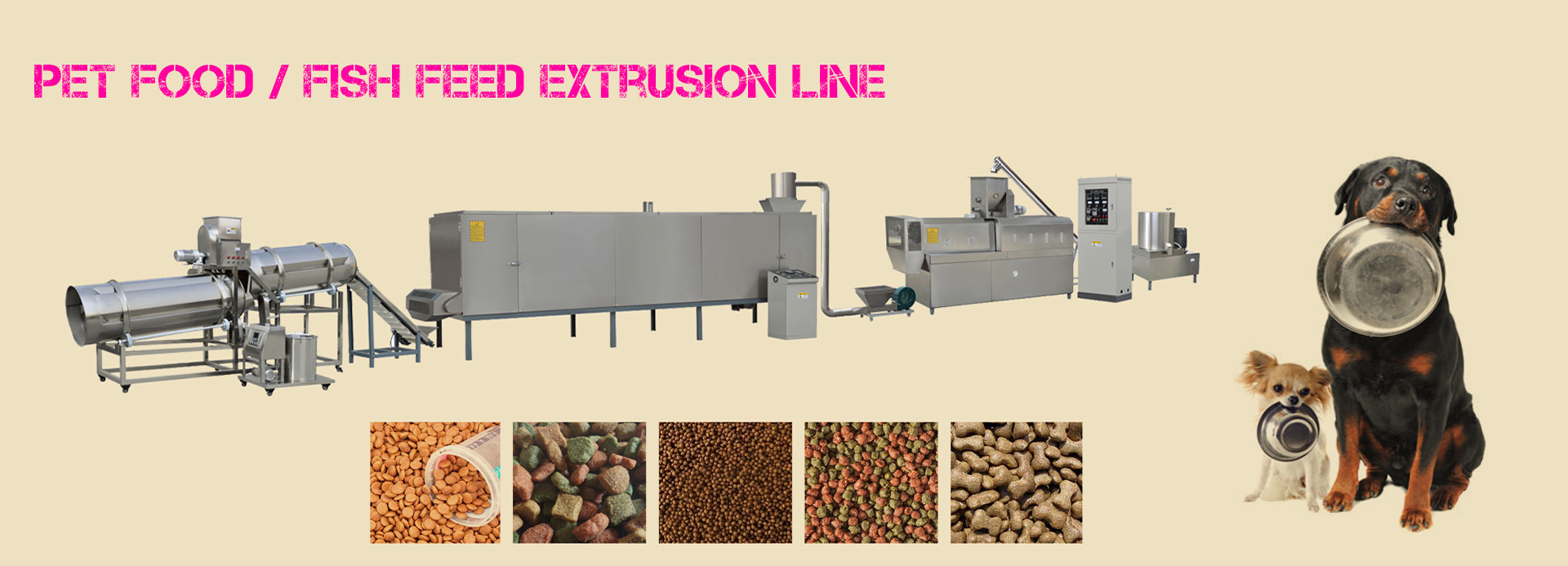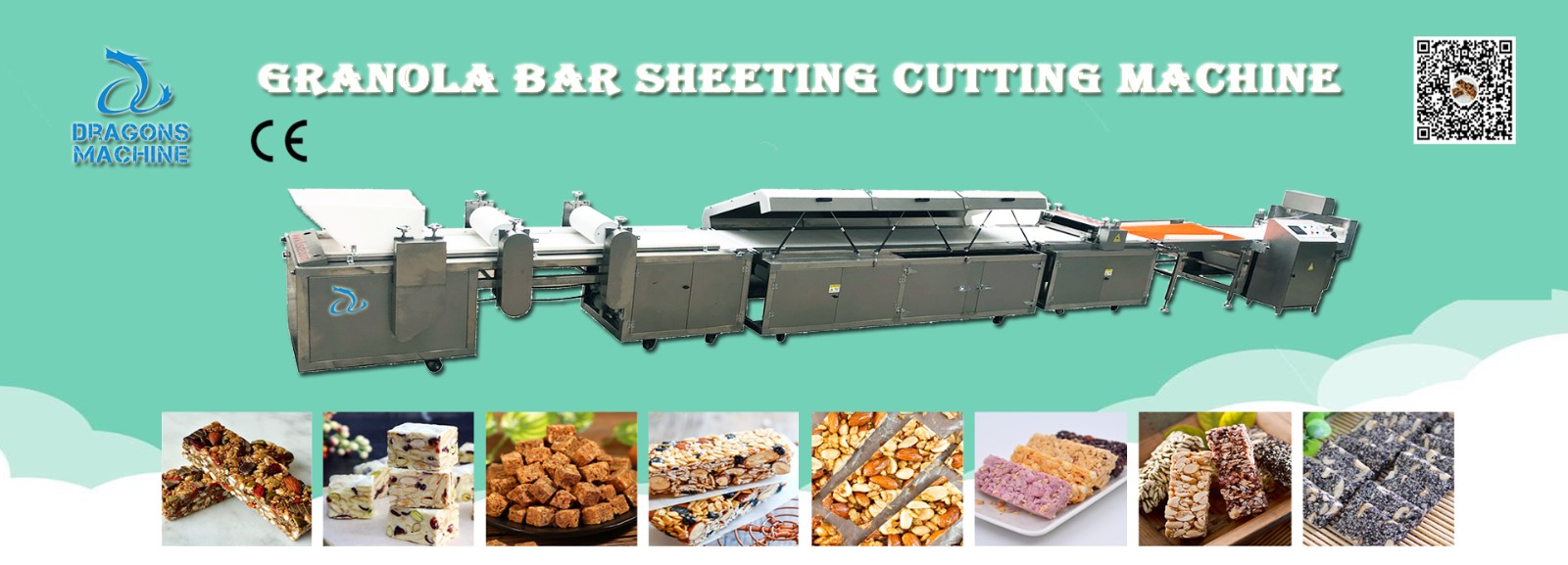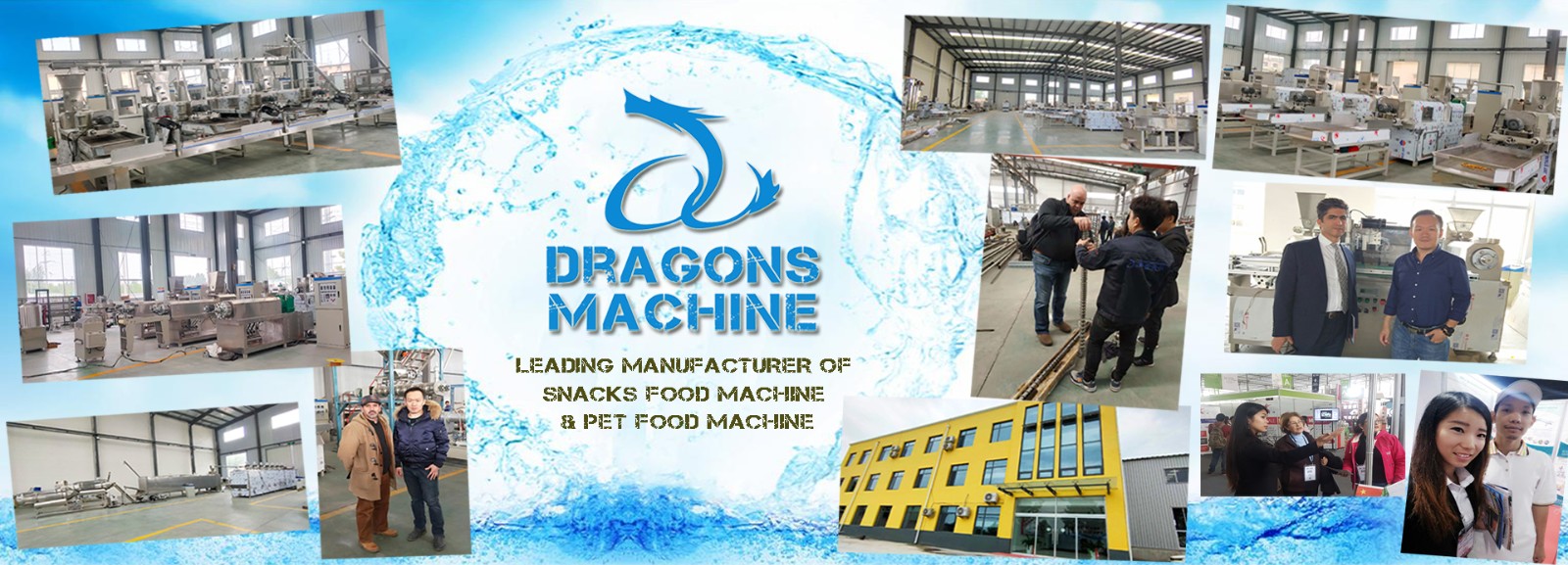The twin screw food extrusion machine can process gummy, greasy, sticky or very moist ingredients that would fail the food extruder in a single-screw. It also produces beneficial pumping action, reduces runout in food extruder dies, and reduces friction between small parts of the equipment compared to single-screw food extruders. They can process a variety of particle sizes, whereas single-screw extruders can process a wide range of particle sizes.
Puffed food extruders are becoming increasingly popular for making snack foods or pet treats, where these foods are filled with soft ingredients in the center of the finished product. The machine uses a twin-screw food extrusion process to make fragile lids. At the end of the extrusion process, the hot dough enters the co-extruder die while the soft ingredients are filled into the semi-finished product.
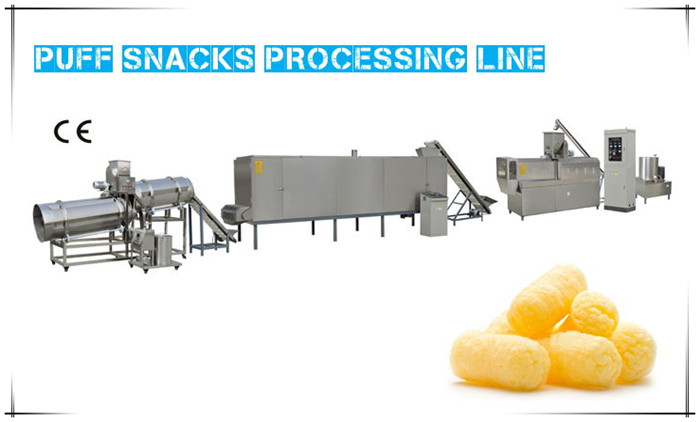
What are the characteristics of twin screw food extrusion machine?
1. Broader Adaptability of Raw Materials
Twin-screw puffing feeder for a wider range of raw material needs, can adapt to high viscosity, low viscosity, high oil, high humidity, viscous, oily, high humidity and other raw materials raw materials in the single-screw production will slip processing.
2. Excellent Mixing Ability
Due to the interpenetration of the screw and the wide variety of specialized screw designs (such as reverse screw elements, kneading blocks, gear mixing elements, etc.), the degree of shear/mixing can be precisely adjusted; thus leading to a controlled degree of mixing in terms of mixing strength and mixing quality (dispersion and distribution). In contrast, single-screw extruders have a very limited mixing capacity, and any flow limitations to enhance mixing through special screw designs will reduce the output of the extruder.
3. High Degree of Process Flexibility
Due to the independence of output and screw speed, as well as the ability to handle multiple tandem processing functions (e.g., melting, blending cooking, venting, cooling, etc.) in a single extruder. In contrast, single-screw extruders are yield and screw speed dependent, and screw designs with multiple processing functions in tandem are limited.
4. Better Control of Process Parameters
Narrower residence time distribution, lower shear rate and strain dispersion, higher convective heat transfer, and precise control of temperature profile; therefore, better control of shear-time-temperature history in the extruder, and a wider range of mechanical energy input, resulting in a more consistent material conversion rate and product quality.
5. More Thorough and Uniform Maturation
Usually, the starch maturation degree of the twin-screw fish feed machine can reach more than 95% under high temperature and pressure, so that the processed aquatic feeds remain stable in the water and are not easy to blister and rich in nutrition. The components of the product can be ensured without loss to a greater extent. High degree of pasting, better digestion and easier absorption.
6. More Production
Good mixing performance makes the material heated more timely and uniform, speed up the maturity of the material, reduce the material temperature changes, improve the output of puffed food, so that the twin-screw fish feed machine production in the same conditions of higher power. 7. higher process productivity, due to the positive pumping action of the screw, able to handle a wider range of raw materials and mixing formulations, including complex formulations, screw speed to help compensate for screw wear ( The process performance of single screw extruders always increases as the screw wears out, reducing downtime.
Are you interested in learning more about twin screw food extrusion machines for sale and how they can benefit you? Contact us today to secure an expert consultation!
















